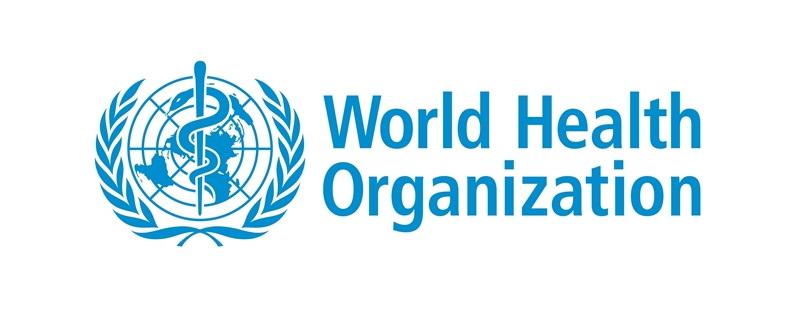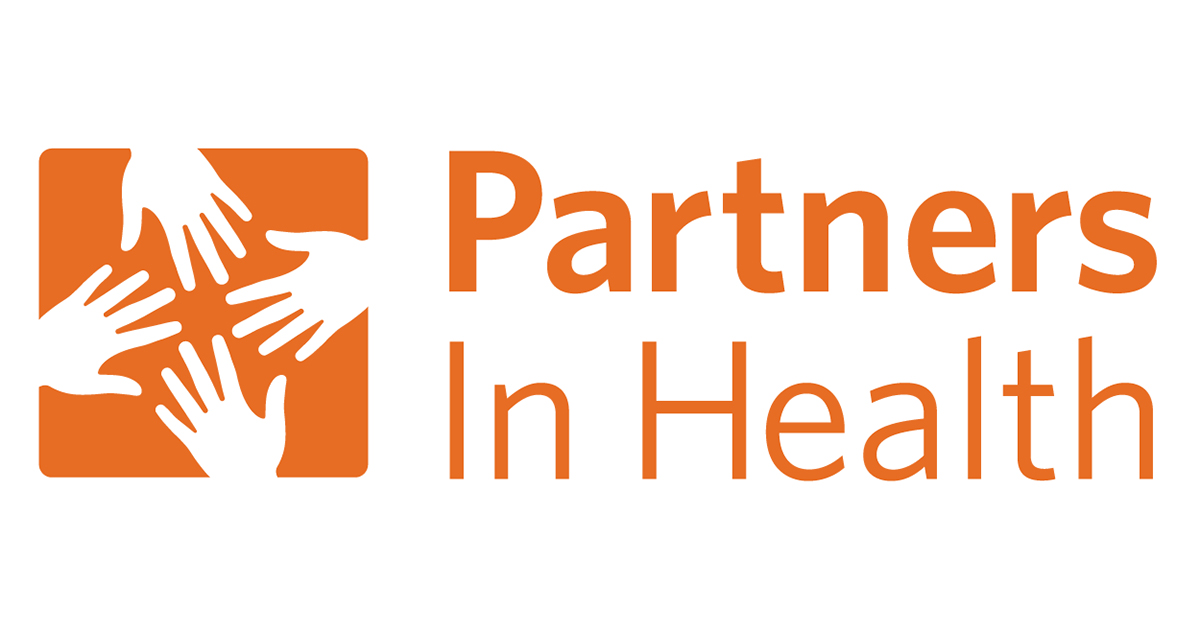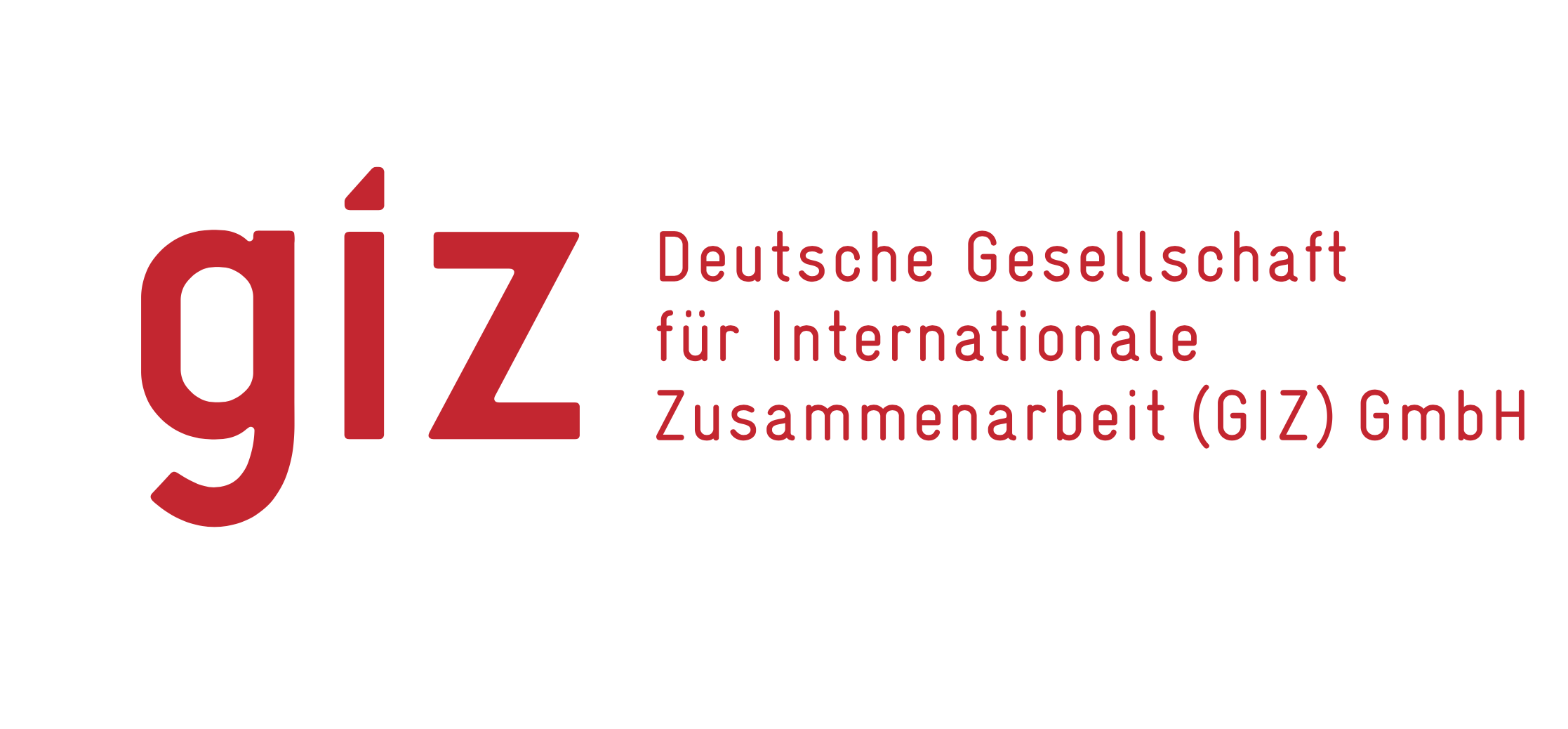





we will assist you 24/7
Contact us Today!
The Official Ministry of Health and Sanitation Website!
Head Office
- 4th & 5th floors Youyi Building Freetown, Sierra Leone
- +232 76 460 440
- info@mohs.gov.sl
Quick Menu
Menu
The Ministry of Health & Sanitation (MOHS-SL) believes that access to sound health is a human right, its vision is to ensure a functional national health system delivering efficient, high quality health care services that are accessible, equitable and affordable for everybody in Sierra Leone and the overall goal is to maintain and improve the health of its citizens.
The Ministry work in partnership with regulatory agency to provide effective health services
The Ministry ensures quality care is provided in Government health facilities
The National Emergency Service NEMS provides ambulance and emergency response
The Ministry enlists the services of a professional medical workforce that offer excellent care across the nation.
Regional hospitals are situated within the provincial capital towns (Kenema for the East, Bo for
the South, and Makeni for the North). In these towns, they are an expansion of the district
hospital. In addition to providing the full package of services available in district hospitals, regional
hospitals are additionally staffed with specialists that are not available in all of the districts, and
are equipped with more complex equipment. They have higher capacity to handle complex
infectious diseases, emergency services, surgery, and radiology.
The Health Sector Recovery Plan includes the establishment of three Regional Hubs, which will
be attached to the regional hospitals. As part of the overall strengthening of the health workforce,
the three regional hubs will serve as centers for excellence that include a critical mass of
specialists who will be deployed as needed to districts in their coverage area. In 2015, the main
focus will be the establishment and strengthening of these hubs. Moving forward into the recovery
and resilience-building phases, the regional hubs will build up their capacity to support regional
referrals and training needs. Hubs will concentrate health expertise to enable skills transfer,
improvements in patient safety, mentoring and coaching for quality of care, and the creation of a
continuum of care network. Quality of care guidelines will be developed including patient safety
with a focus on IPC, along with improved surgical, medical, paediatric and
obstetric/gynaecological services, for hospitals, PHUs and community level service delivery.
District hospitals are open 24 hours, and serve the whole district, with a catchment population of
about 500,000. The staff are usually organized in three shifts in order to provide appropriate
medical, midwifery and nursing coverage at all times. The district hospital provides some primary
health care to its immediate catchment population, secondary medical care, emergency medical
services, and comprehensive emergency obstetric and neonatal care (CEmONC) including
general surgical and surgical obstetric care. To manage this, it has an operating theatre, an
extensive laboratory with safe blood transfusion services, an X-Ray machine and ultrasound.
District hospitals generally have more than 100 beds, and are staffed with doctors, midwives,
nurses, nutritionists, and other categories of health staff in line with the HRH staff requirements.
CHCs are usually situated in the chiefdom headquarter town or in a well-populated area with a
catchment population of 10,000 to 30,000 or more within 15 km (10 miles) radius of the facility.
The CHC has preventive and curative functions. It offers the most complex and skilled services
within the primary care level of the health system. Since 2010, the Ministry of Health and
Sanitation has been working towards facility readiness goals to certify 65 CHCs for Basic
EmONC (BEmONC) – five CHCs per district. Ideally, all CHCs should eventually be able to
provide a full BEmONC package. According to the December 2014 FIT Assessment, no CHCs
currently meet the full requirement, but improvement towards this goal is an objective of the
Health Sector Recovery Plan and NHSSP 2015-2020. The CHC is the first level of health facility
that has both a laboratory and a pharmacy, and thus has much higher diagnostic and treatment
capacity than MCHPs and CHPs.
The in-charge in a CHC is a Community Health Officer (CHO), supported by a team consisting of
a CHA, SECHNs, Midwives, MCH Aides, and other clinical and support staff. The CHC
supervises the lower levels of care, including CHWs, MCHPs, and CHPs within its catchment
area.
CHPs are usually situated in a smaller town, and serve a population of 5,000 to 10,000 or more
within 8 km (5 miles) radius of the facility. These posts have similar functions to the MCHP with
added curative functions. An SECHN or Community Health Assistant (CHA) typically serves as
the in-charge in CHPs. Looking forward, as the availability of trained SECHN Midwives increases,
CHPs will be staffed by a trained midwife and have the capacity to handle some complicated
births and obstetric and neonatal emergencies.
MCPH is the most peripheral level of PHU. An MCHP should ideally serve a population of 500 to
5,000 within a 5 km (3 miles) radius of the facility. Staffed by MCH Aides, MCHPs are often the
first facility level of contact for patients. As the name suggests, services in the MCHP focus
primarily on antenatal care, safe and skilled deliveries (without complications), post-natal care, and child health services including EPI, nutrition, and IMNCI. As they are the closest facility to the
community level, MCHPs have a close relationship with CHWs and an active role in implementing
outreach campaigns including Maternal and Child Health Week, National Immunization Days
(NIDs), and bed net distribution campaigns. MCHPs do not have pharmacies but MCH Aides are
qualified to dispense free health care drugs and other basic medicines.
The 2010 BPEHS described a wide variety of fragmented community-based health programs,
and expressed the need to harmonize roles through a Community Health Worker (CHW) policy.
This policy was developed in 2012, and harmonizes the various community volunteers including
TBAs, social mobilizers, community drug distributors, blue flag volunteers, etc. under one
umbrella with standardized selection criteria, roles, and training requirements. The policy further
outlines a specific package of services that can be offered by trained CHWs at community level.
These include: Community sensitization and advocacy
Home visits to promote preventive care, hygiene and sanitation, ANC, birth
preparedness and skilled delivery, PNC, nutrition, and other essential services
iCCM consisting of diagnosis and treatment for simple diarrhea, pneumonia, and malaria
(including provision of ACTs and antibiotics as needed)
Screening and referral for acute malnutrition
Defaulter tracing
Vital events reporting
Reporting of outbreaks; and
Some family planning services.
The services listed in the basic package below are more extensive than those described in the
CHW policy and training manual. They also include supplementary services which could be
added on to their workload as and when appropriate, or that may be provided by other
community-level service providers or as outreach from the MCHP. As the CHW policy, strategy,
and training manual are revised in the early recovery phase, the community level service package
may be expanded to include more or all of the services listed below.
CHWs are the main staffing cadre at community level. The 2012 CHW policy provides guidance
that there should be one CHW per between 100 and 500 population (20 to 100 households). This
is variable depending on the size of the community – each village should have at least one
functioning CHW – as well as population density, i.e. urban versus rural context. For the purposes
of human resource projections, it is estimated that approximately 16,000 CHWs are needed for
full coverage (1:375 based on a 2015 projected population of 6,014,804). A national CHW
mapping in 2014 identified 13,000 functional CHWs in the country being supported by various
implementing partners. This mapping will be updated in 2015 to account for changes in workforce
due to the Ebola outbreak and routine attrition.
CHWs are required to undergo a 10-day standardized training in order to be certified and
recognized within the health system. Community volunteers who previously worked under other
titles are required to undergo the comprehensive training in order to work under the title of CHW4
.
While CHW programs are currently managed by non-governmental implementing partners
(international and national NGOs), there remains a need to institutionalize this cadre under the
MoHS as part of the national health workforce. Achievement of this goal is planned under the
NHSSP 2015-2020.
FAQ – COVID 19 Source: WHO
COVID-19 is the infectious disease caused by the most recently discovered coronavirus. This new virus and disease were unknown before the outbreak began in Wuhan, China, in December 2019.
People can catch COVID-19 from others who have the virus. The disease can spread from person to person through small droplets from the nose or mouth which are spread when a person with COVID-19 coughs or exhales. These droplets land on objects and surfaces around the person. Other people then catch COVID-19 by touching these objects or surfaces, then touching their eyes, nose or mouth. People can also catch COVID-19 if they breathe in droplets from a person with COVID-19 who coughs out or exhales droplets. This is why it is important to stay more than 1 meter (3 feet) away from a person who is sick.
WHO is assessing ongoing research on the ways COVID-19 is spread and will continue to share updated findings.
The most common symptoms of COVID-19 are fever, tiredness, and dry cough. Some patients may have aches and pains, nasal congestion, runny nose, sore throat or diarrhea. These symptoms are usually mild and begin gradually. Some people become infected but don’t develop any symptoms and don’t feel unwell. Most people (about 80%) recover from the disease without needing special treatment. Around 1 out of every 6 people who gets COVID-19 becomes seriously ill and develops difficulty breathing. Older people, and those with underlying medical problems like high blood pressure, heart problems or diabetes, are more likely to develop serious illness. People with fever, cough and difficulty breathing should seek medical attention.
Stay aware of the latest information on the COVID-19 outbreak, available on the WHO website and through your national and local public health authority. Many countries around the world have seen cases of COVID-19 and several have seen outbreaks. Authorities in China and some other countries have succeeded in slowing or stopping their outbreaks. However, the situation is unpredictable so check regularly for the latest news.
You can reduce your chances of being infected or spreading COVID-19 by taking some simple precautions:






The Official Ministry of Health and Sanitation Website!